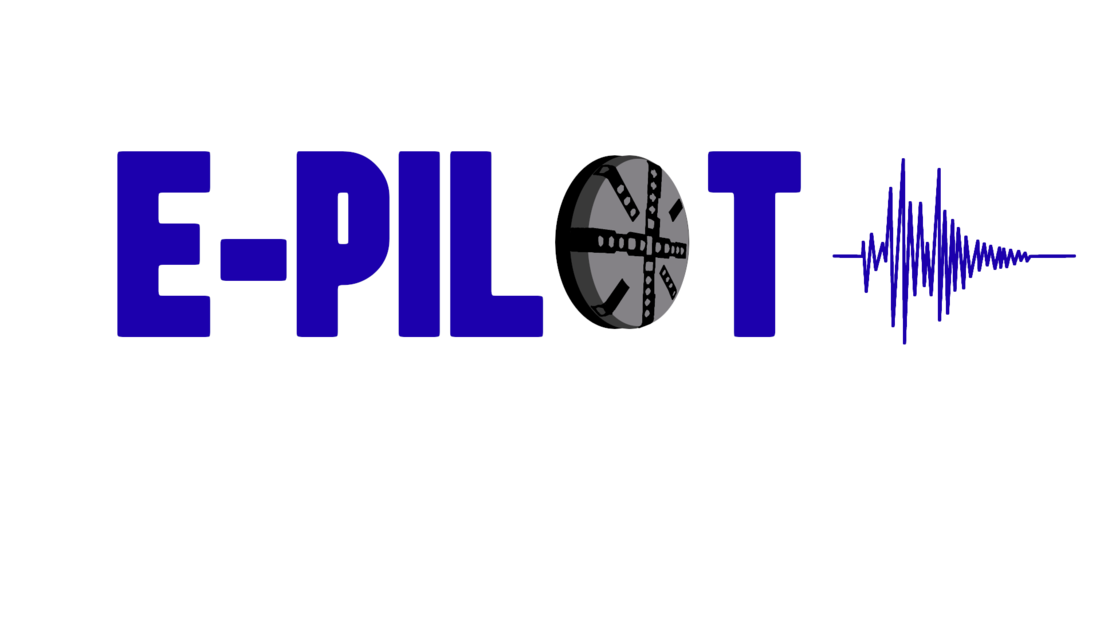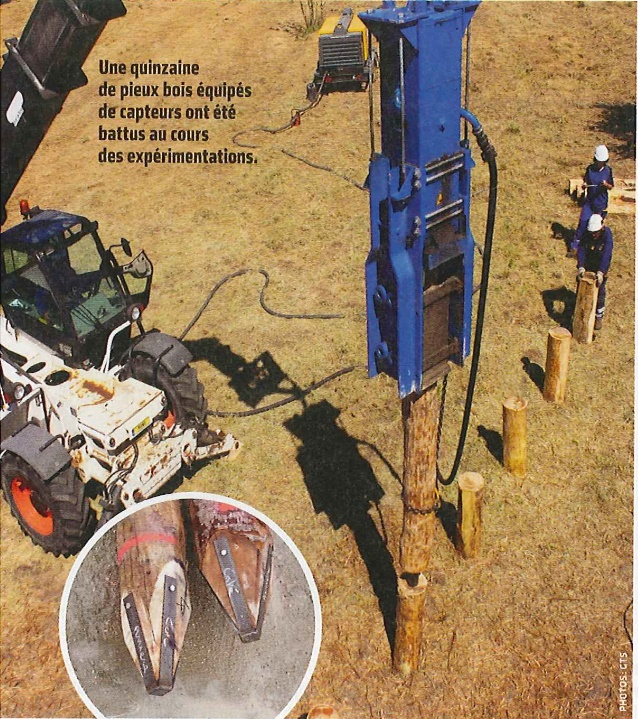Ingénierie géotechnique
OBJECTIF: proposer une démarche pluridisciplinaire (expérimentation sur site et en laboratoire, modélisation numérique) et multi-échelle (de l’échantillon à l’ouvrage) permettant de traiter l’ensemble des étapes de la conception des ouvrages géotechniques de type infrastructure (pieux, fondations superficielles, structures géothermiques) en zone urbaine. L’objectif est de mieux dimensionner ces ouvrages et d’assurer un suivi de leurs déformations au cours du temps. Une attention particulière est portée au développement de méthodes ayant un faible impact environnemental (ex : géothermie très basse énergie et faible profondeur, éco-conception et pieux en bois).
Thèmes de recherche :
- le développement ou le test de nouveaux matériels de mesure (en continu ou ponctuelle) des déformations des ouvrages : fibre optique ;
- le développement de nouvelles méthodes (numériques, abaques) permettant de reproduire la dégradation des matériaux / ouvrages (pieux, parois, fondations superficielles, ouvrages en terre) soumis à des chargements cycliques ;
- la conception d’ouvrages géotechniques à faible impact environnemental ;
- l’amélioration des méthodes de suivi des ouvrages en terre : in-situ et expérimentations en laboratoire.
Mots clés : pieux, fondations superficielles, structures géothermiques, pieux-bois, économie des ressources.
PROJETS
ANR e-Pilot

Porteur : Alain Le Kouby
Site web du projet : https://e-pilot.univ-gustave-eiffel.fr/
Urban centers in major cities worldwide are progressively densifying, due to the enormous population growth over the last years. These changes strain existing infrastructure, requiring expansion or construction of new underground transportation systems, for example in Paris and Toulouse. Considering the potential consequences of excavation challenges near adjacent structures and in particular piled structures, thus affecting citizens in their living environment and for their mobility, tunnel excavation outcomes could be significantly limited or controlled by predicting foundations behaviour during and following tunnel construction as well as operations phases. In particular, it would help to limit financial provision for constructions phases and improve environmental performance of the infrastructure project.
The research work proposed by the consortium will help to manage impact on existing structures during tunnelling and tunnel operation phase in the framework of actual important infrastructure projects in a metropole area.
Feedback and post-survey analysis of practitioners and academia highlight the potential impact of tunnelling on existing structures in terms of settlement and the impact due to ground borne vibrations during tunnel construction and operation.
These research topics have been identified as requiring collaborative work across the profession in a new National Research Project. They can be grouped into two research topics:
1) Improve modelling and optimized design of pile response to tunnelling and to tunnel railway operation from new data and 2) Improve numerical and analytical modelling of propagation of induced ground-borne vibrations in complex geological domains.
TULIP (Tunnelling and Limitation on the Impacts on Piles) project covers mainly point 1) and partly point 2). E-PILOT project will help to complete integration of data from literature and new projects, to improve numerical and analytical methods devoted to model effects for tunnelling and ground borne vibrations propagation.
The ANR project E-PILOT is associated to TULIP project and is a part of a global approach to adapting land use planning to the requirements of sustainable development. It also aims to study the pile response to tunnelling and railway traffic in underground structures not only on the quasi-static effects related to tunnelling but also on dynamic effects induced by ground-borne-vibrations during excavation and operation of tunnels.
Original and unique monitoring on underground structures will be carried out as well as new in situ tests and laboratory tests procedures to improve soil characterization during tunnelling phase.
Comportement des Pieux en Bois

Porteur : Philippe Reiffsteck
Partenaires : Scierie Grouazel, Lermab/ENSTIB, Batiplus, Canonica Cartignies architectes
Le projet, ayant pour ambition de redonner ses lettres de noblesse à cette technique, devait créer les conditions nécessaires à l’émergence d'une expertise nationale sur le dimensionnement et la durabilité des pieux bois, au cours ou à la suite du projet et trouvait parfaitement sa place dans la « croissance verte » prônée par le MEDDE par le faible coût énergétique de la technique étudiée.
La démarche choisie pour arriver à cet objectif a été de mettre en œuvre des approches pluridisciplinaires : approche mécanique et approche physico-chimique des sols et du bois en interaction avec l’eau mais également étude de l’aspect socio-économique et étude du risque, générant ainsi des acquis de connaissances scientifiques au profit d’une aide à la décision et au dimensionnement. En savoir plus ...
Emerg3R : Élaboration des Méthodes et techniques pour la Reconnaissance Géotechnique de 3ème généRation

Porteur :Philippe Reiffsteck
Partenaires : Sol-Solution, CIO systèmes embarqués, Fondasol, laboratoire Navier
Le cabinet d’ingénierie géotechnique doit souvent faire un compromis entre l’utilisation de méthodes peu coûteuses pour une auscultation grossière d’un périmètre et la mobilisation d’outils complexes qui permettent une analyse plus fiable sur un point de contrôle, mais deviennent trop onéreux s’il faut les multiplier. Quels que soient les techniques utilisées, le cabinet a toujours une vision parcellaire du sol et cela a comme conséquence une méconnaissance des hétérogénéités des terrains, des particularités et/ou des disparités existantes et donc une augmentation des risques de sinistres.
Dans ce contexte, le projet vise à finaliser le développement d’un nouvel outil facile d’usage : un pénétromètre dynamique avec une résolution, une puissance de caractérisation ainsi qu’une automatisation qui permettra de prédire le comportement géomécanique d’un sol avec une très haute fiabilité tout en conservant une utilisation rapide et facile sur le terrain. En savoir plus ...